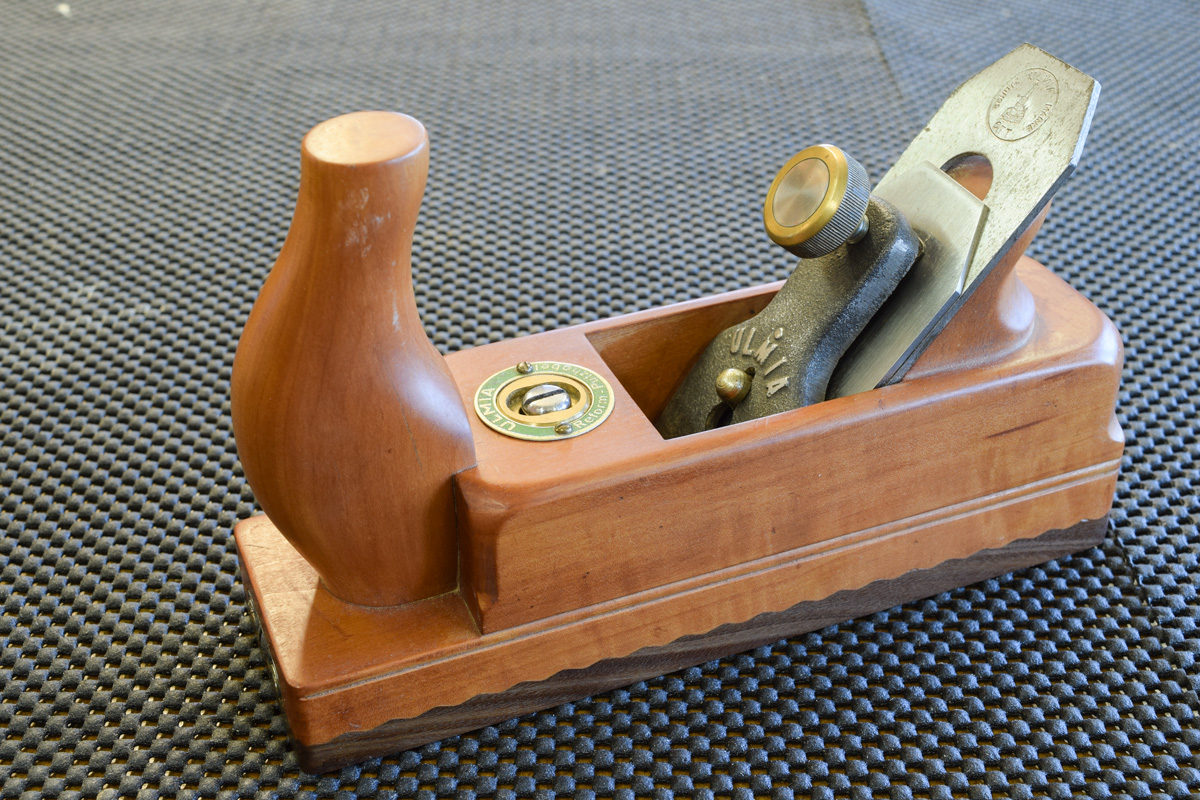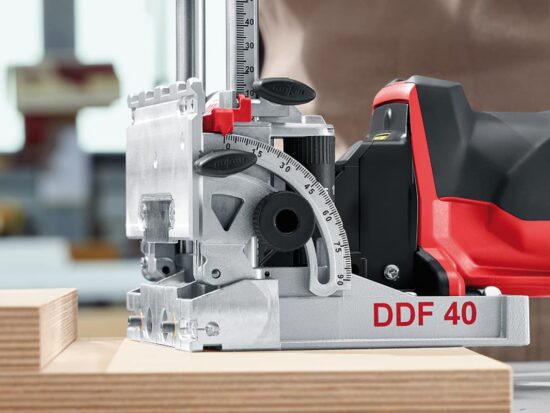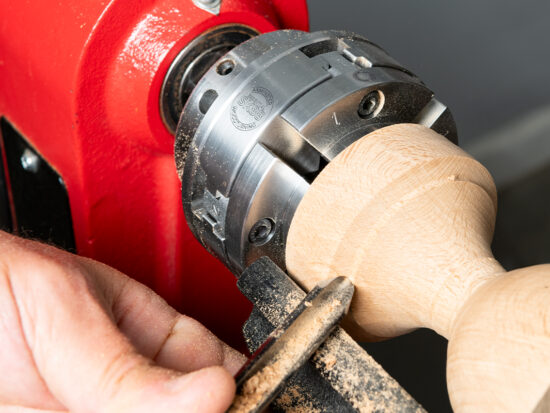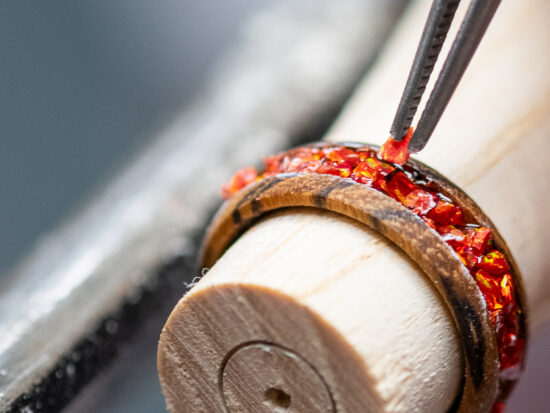How To Build A Hand Plane: An Introduction

To use a bit of modern parlance, it’s time to ‘fess up’. I like hand tools and especially planes. If I were to include spokeshaves, there’s thirty three of the things sitting on that table, one of which happens to be a late Norris A1 panel plane. The bronze No.4 in the middle is the original prototype of the current Rider range. I wouldn’t like to guesstimate about how much there is in terms of cash outlay, but a tidy sum.

Do I need them all?
Absolutely not and if the truth were told, you only actually need around three or four. If severely pressed, my personal choice would be a Veritas Low Angle Jack, LN 60½ block plane, a long Veritas Jointer and a smallish shoulder plane. The only mitigating reason (or excuse) that I can offer is that over the course of many years, new planes have been acquired (or made) for specific purposes and once they’ve been used, they’re stowed under the bench just in case I need them again.
Many of the hand planes are wooden and have been accumulated over several decades. Many of them see use quite frequently such as ‘Big Woody’ which gets used when there’s some veneering to do. If there’s some rough planing where a lot of stuff needs to be removed, I’ve got a choice of either my indispensable and traditional carpenter's jack or the smaller continental style hornbeam sole scrub plane. The second carpenter’s jack in the picture has a curved sole and was modified some years ago to shape the concave seat on a small oak stool.

Apart from making ‘Big Woody’, I’ve also had a go at making one or two others, as shown in the pic below except for the rather rough and tatty looking effort in the middle, but that one isn’t all it appears to be!

A few decades ago the late Jim Krenov in Sweden and later the USA, popularised the use of ‘shop made wooden planes. To make the construction a lot more straightforward, they were laminated out of three pieces: a centre block and two side cheeks. The story goes that he made so many of them that he decided to sell one or two on a well known t’interweb auction site and such was the esteem with which he was regarded, the plane was eventually sold for an insane amount of money. As a consequence, in the last few years of his life when he was almost blind, he started to make small planes and I was fortunate enough to get hold of one.

If you look very closely at the image, you can see his marking out lines on the side as well as the small ‘JK’ signature on the front. Apart from the shavings that Jim made with it (which I still have), this little smoother has never been used.
At some point several years ago, I made a couple of similar planes, one from Cuban mahogany and the other from sugar or rock maple. I used rosewood for the soles but the maple plane was built to shape the concave sides on a teak box so it was made with corresponding convex sole and curved blade.

All of the wooden planes shown have to be adjusted by tapping with a small hammer. This isn’t too much of a problem with a big wooden jack or scrub plane, but trying to adjust a smoother for a whisper thin shaving is a completely different kettle of worms. Then those clever people at Veritas came to the rescue with their Wooden Plane Hardware Kit which enables the enthusiast to make a simple three section laminated plane. But ever one for a challenge, I’ve decided to push the envelope just a fraction further and use the kit to make an adjustable mouth version of my Ulmia Reform smoother.

Read Part 1 on how to build a plane






